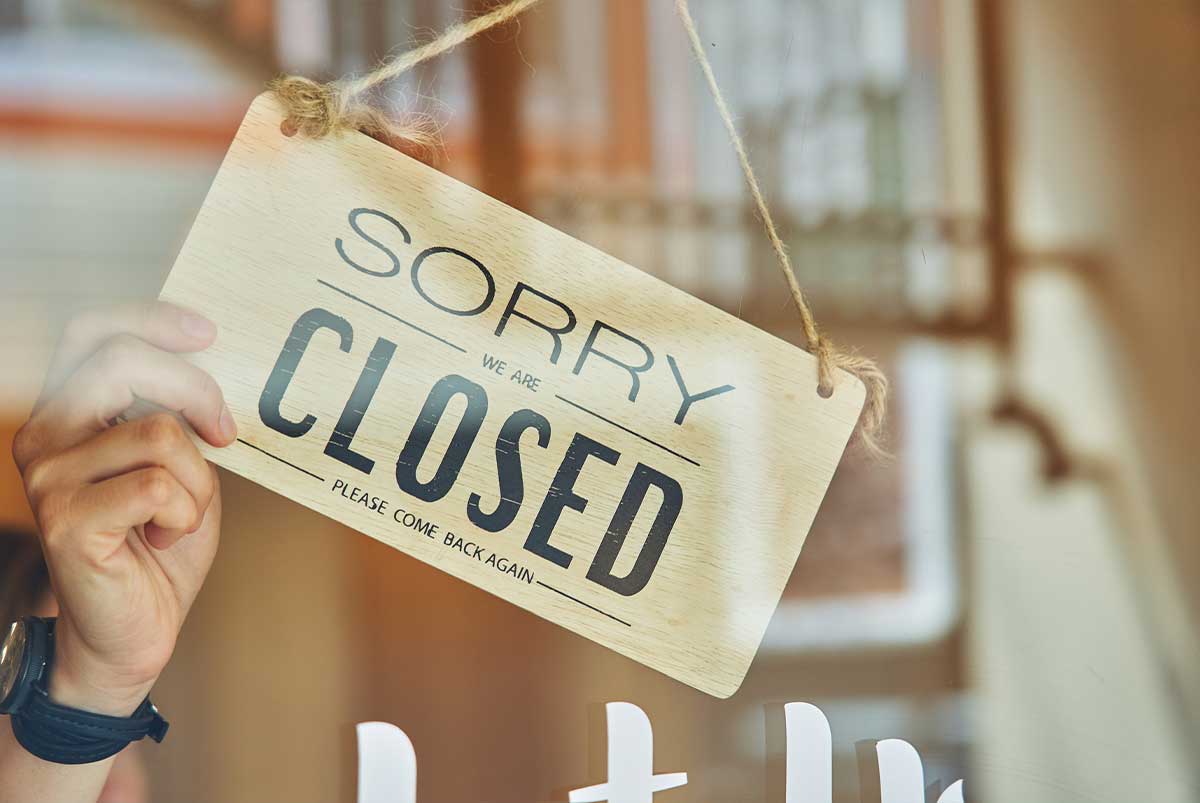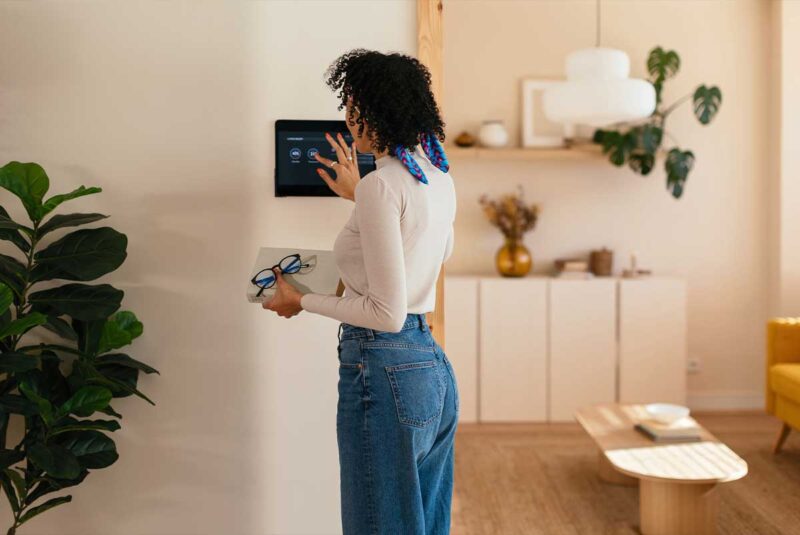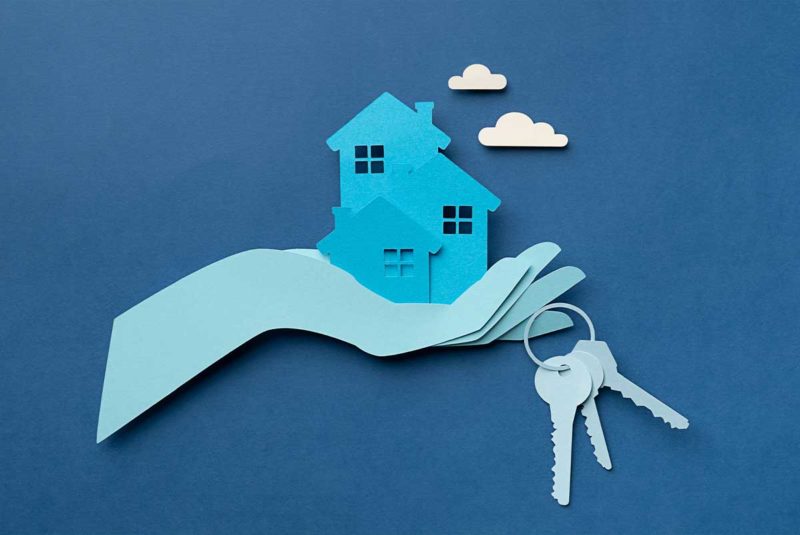Ready To Buy a Home?
Get Approved to Buy a Home
Rocket Mortgage® lets you get to house hunting sooner.
For many home buyers – especially first-time home buyers – it can be hard to save up enough money to cover all your home buying expenses, including your closing costs.
If saving enough to cover your closing costs is what’s standing between you and buying a home, you’re not alone – and you’ve got options.
Many home buyers bridge the closing costs money gap with a no-closing-cost mortgage loan, sometimes referred to as a zero-closing-cost mortgage.
No-closing-cost mortgages can help make buying a home less expensive upfront. But what they can’t do is make your closing costs magically disappear.
What Are Closing Costs?
Closing costs are upfront fees and expenses you pay when you purchase a home. What you pay for closing costs will vary based on the type of loan you’re taking out, your credit score and the size of your down payment. But closing costs are typically about 3% – 6% of the total loan amount.
Closing costs can include:
- Lender fees (including origination, processing and underwriting fees)
- Home appraisal and inspection fees
- Property taxes and homeowners insurance
- Upfront fees for a government-backed loans like a Federal Housing Administration (FHA) loan or Department of Veterans Affairs (VA) loan,
For a $300,000 mortgage, that could easily be an additional $9,000 – $18,000 that you’ll need to pay before you get the keys to your new home.
What Is a No-Closing-Cost Mortgage?
A no-closing-cost mortgage isn’t a home loan with no closing costs. Your lender agrees not to charge you for some (or all) of your closing costs upfront when you close your loan. In exchange, the closing costs are folded into your loan and paid back over the loan’s lifespan, or you agree to pay a higher interest rate.
How Do No-Closing-Cost Mortgages Work?
If you opt for a no-closing-cost mortgage, your lender is likely to structure the loan in one of two ways:
Roll the closing costs into your mortgage
The closing costs are added to your mortgage loan, which increases your mortgage balance, and the costs are spread across your monthly mortgage payments for the life of the loan.
Charge lender credits
Your lender covers your closing costs with lender credits. In return, you accept a higher mortgage interest rate. Opting for lender credits can add 0.50% or more to your mortgage interest rate.
Whichever option you choose to cover your closing costs, you’ll end up with higher monthly mortgage payments for the life of the loan.
Who Offers No-Closing-Cost Mortgages?
Most mortgage lenders offer no-closing-cost mortgages, but eligibility for these loans will vary.
A lender will usually look at a home’s purchase price and a borrower’s credit score and debt-to-income (DTI) ratio before they offer a no-closing-cost mortgage.
Shopping for a no-closing-cost lender
Compare different lenders’ interest rates and fees, including the fees lenders will and won’t cover with a no-closing-cost mortgage.
You’ll receive a Loan Estimate form from each prospective mortgage lender. The Loan Estimate spells out the details of a loan and makes it easier for you to compare loan offers.
Once you choose a lender, you’ll apply for your no-closing-cost mortgage. The process is the same as applying for a mortgage loan with closing costs.
PROS of a no-closing-cost mortgage👍
Sometimes you don’t have the luxury of time and can’t wait to buy a home. A no-closing-cost mortgage can speed up your home purchase.
You can take the money you’re saving on closing costs and put it toward your down payment. The larger your down payment is, the more home you own, and you may be able to avoid paying mortgage insurance.
CONS of a no-closing-cost mortgage👎
If your lender rolls your closing costs into your mortgage, it will increase the size of your mortgage. Before you agree to a no-closing-cost loan, make sure you can afford a larger monthly mortgage payment.
If your lender offers lender credits in exchange for a no-closing-cost mortgage, it will raise your interest rate, which will raise your monthly mortgage payment.
Whether the result is a higher interest rate or a larger loan, you’ll pay more in interest over the life of the loan.
Are There Other Ways To Defer or Lower Closing Costs?
No-closing-cost mortgages spread out the payment of your closing costs over time – they don’t reduce or erase your closing costs.
A no-closing-cost mortgage may make sense for you, but there are other ways to help make closing costs more affordable.
Negotiate with your lender
Your lender may be willing to negotiate and reduce some of their fees.
Seller concessions
You may be able to get seller concessions. That’s when a seller agrees to cover some (or a percentage) of your closing costs. If it’s a buyer’s market or the seller needs to sell the home ASAP, they may be motivated to offer concessions.
Closing cost assistance programs
Many federal, state and local closing cost assistance programs provide grants, forgivable loans and zero-interest loans to help make home buying more affordable.
Ask for a gift
If you have relatives who can afford to help, ask them if they would consider gifting you some or all the money you’ll need to help cover your closing costs.
Can You Refinance a No-Closing-Cost Mortgage?
Yes, you can. A no-closing-cost mortgage works like any other home loan. You can refinance to a new loan with your original lender or a different lender. Any restrictions on refinancing will depend on your agreement with your original lender.
If you don’t want to pay closing costs when you refinance, you should know that some mortgage lenders offer no-closing-cost refinance options.
A No-Closing-Cost Closing Thought
If closing costs are standing in between you and the keys to a new home, a no-closing-cost mortgage can be a winning strategy – but it can come at a long-term cost.
If your savings are thin, a no-closing-cost mortgage may be the key that unlocks the door to homeownership. If you plan on selling the home quickly, you’ll save thousands of dollars upfront. That’s money you can use to make a bigger down payment or meet other money goals.
But before you decide closing costs are too high a hurdle for you to clear, use our mortgage calculator to see how much home you can afford, including your estimated closing costs.
Find out what you can afford.
Research what your monthly payment might look like with our intuitive mortgage calculator.
The Short Version
- A no-closing-cost mortgage can help you pay less upfront for closing costs when you’re buying a house
- If you opt for a no-closing-cost mortgage, your lender will either roll your closing costs into the mortgage or charge a higher interest rate
- When you get a no-closing-cost mortgage, you’ll end up with a larger monthly mortgage payment




